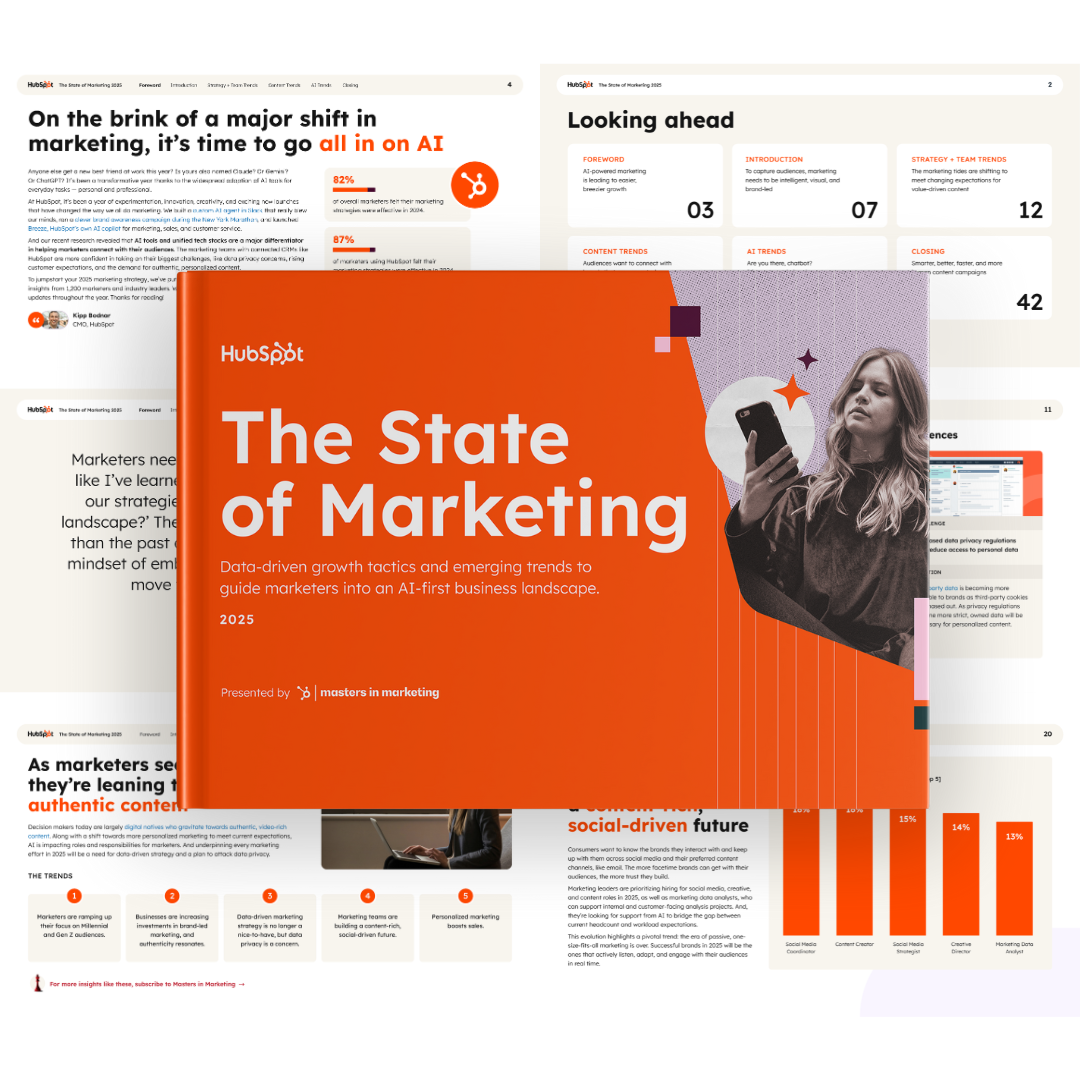Key Takeaways
- Boost your agency’s recurring revenue by offering website maintenance packages to clients.
- Include essential services like updates, backups, security, and support, and structure tiered pricing plans for various needs.
With vigorous competition prevailing in the digital world of corporations, having an identity of your own is imperative – you need a digital presence that speaks for itself. And so, rom displaying your competencies to reflecting your past work, a portfolio website is your first stepping stone in the highly competitive market.
Essential Elements of a Winning Portfolio
Speaking of a defined front end web developer portfolio website, there are certain aspects that need to be perfected as you plan to showcase it to the world. Here are the key elements you need to focus on:
Clean & Modern UI/UX: Your portfolio should demonstrate your ability to create visually appealing and user-friendly designs. Use consistent fonts, colors, and whitespace to make the site look professional.
Mobile Responsiveness: Ensure your portfolio adapts well to different screen sizes and devices. Test your site on mobile, tablet, and desktop for a seamless experience.
Projects Showcase: Display your best work with descriptions, technologies used, and live demos. Include GitHub links or case studies explaining your problem-solving approach.
Call-To-Action (CTA): Guide visitors toward an action, such as “Hire Me” or “View My Work.” Use buttons or forms to make contacting you easy and intuitive.
Contact Information: Include an email, contact form, or social links for easy outreach. Ensure your LinkedIn or GitHub is up-to-date for recruiters and clients.
Tech Stack for Your Portfolio: Choosing the Right Tools
Now comes the main part – selecting the most efficient tools and technologies. Get to know everything about them here.
Frontend Frameworks & Libraries
It’s wise to use React, Vue, or Angular as these JavaScript frameworks make it easier to build reusable components and provide a spotless user experience. Not to mention, Next.js and Gatsby are great choices for static sites with fast performance.
Styling & Design Tools
Your portfolio should be visually appealing, and using the right CSS tools can help. Bootstrap can speed up development with pre-designed components, while Sass allows for better styling management. And well, if you want animations, consider using Framer Motion or GSAP for smooth effects.
Hosting & Deployment
Deploying your portfolio is simple with platforms like Netlify, Vercel, or GitHub Pages. These services offer free hosting, continuous deployment, and custom domain integration, ensuring your site remains live and updated with every push to GitHub.
Analytics & User Tracking
With in-depth analytics available on various tools being used today, track how visitors interact with your site using Google Analytics or Hotjar. This data helps refine your portfolio and improve user engagement.
The Don’ts of a Web Front-End Developer Portfolio Website
A front-end portfolio is your digital résumé, but certain mistakes can make it ineffective. One of the biggest errors is poor UI/UX design—a cluttered or confusing interface will turn visitors away. Moreover, lack of responsiveness is another major issue; if your portfolio doesn’t work well on mobile, you’ll lose opportunities.
Another common mistake is failing to explain your projects properly – don’t just list GitHub links—describe your role, the challenges faced, and the technologies used. Lastly, slow-loading pages due to unoptimized images, bloated code, or excessive animations can also hurt your chances.

- Top Marketing Channels
- AI in Marketing
- Managing Privacy
- The Future of Marketing
Breaking Down the Best Portfolio Websites
Behance (behance.net)
Why it stands out: Beautifully curated visual content and easy navigation.
Best feature: A creative portfolio platform that highlights design and interactivity.
Spotify (spotify.com)
Why it stands out: Sleek dark theme with fluid animations and a smooth UX.
Best feature: Seamless transitions and personalized user experiences.
Netflix (netflix.com)
Why it stands out: Intuitive UI with engaging visuals and smart recommendations.
Best feature: Dynamic content that adapts to user preferences.
Tesla (tesla.com)
Why it stands out: Bold, futuristic design with fluid animations.
Best feature: Scroll-based interactions that make car models feel alive.
PlayStation (playstation.com)
Why it stands out: Futuristic design with immersive graphics.
Best feature: Interactive product pages with engaging storytelling elements.
The New York Times (nytimes.com)
Why it stands out: Clear typography and a seamless reading experience.
Best feature: Smart use of multimedia, animations, and data-driven storytelling.
Performance-Focused Hosting For WordPress From $11/Month!
Get the best performance results with the fastest hosting for WordPress, where you leave all management worries on us and focus solely on your growth.
The Final Word
Building a front-end developer portfolio is more than just creating a website – it’s about crafting a personal brand that reflects your skills, creativity, and problem-solving ability. Ultimately, your portfolio should be a living project—constantly evolving as you grow in your career.
Whether you’re job hunting, freelancing, or building a personal brand, an exceptional portfolio can open doors to exciting opportunities. Put in the effort, showcase your best work, and let your skills speak for themselves!
FAQs
Website maintenance services keep a site secure, updated, and running well. Tasks like software updates, security monitoring, performance optimization, backups, and fixing bugs are all included in these services.
The cost of website maintenance is dependent upon the platform and complexity of the website. In general, the hourly rate for website maintenance could range from $50 to $100, depending upon the number of pages, the integrated tools and components, and the level of support required by the website owner.
Start by explaining the value; businesses need regular updates and security checks to avoid downtime and security risks. Offer clear maintenance packages, highlight the benefits (like improved speed and security), and showcase client success stories.
There are no fixed rates; they vary based on experience and the nature of work. That said, a freelancer might charge anywhere from $50 to $150 an hour, while agencies often start at $100 and go up to $300 or more for more advanced maintenance.



